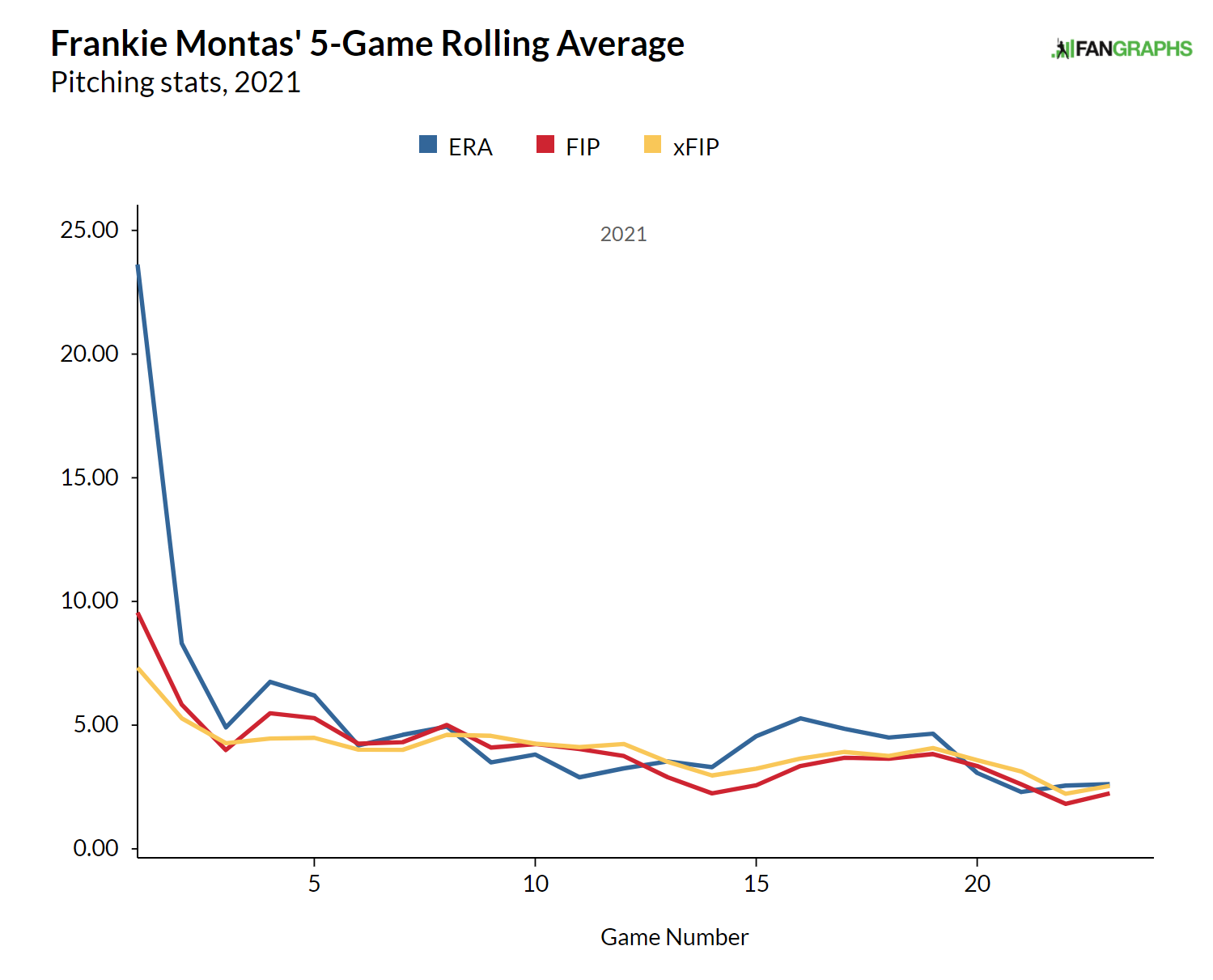Daily Prospect Notes: 8/17/21
These are notes on prospects from lead prospect analyst Eric Longenhagen. Read previous installments of the Daily Prospect Notes here.
Antonio Jimenez, LHP, Tampa Bay Rays
Level & Affiliate: Complex Level Age: 20 Org Rank: 26 FV: 40
Line: 5 IP, 4 H, 0 BB, 0 R, 10 K
Notes
Jimenez is an electric little lefty (he stands about 5-foot-10) with big arm speed who sits 91-95 and has a plus two-plane slider that he commands. He’ll also show you the occasional average changeup. He’s loose and athletic and has viable starter’s command, though he arguably falls short of starter projection at the moment due to the combination of his present repertoire depth and size. With starter-level command already in place, I’m betting on changeup improvement due to the looseness/athleticism and care less about how small Jimenez is. He belongs in the Rays system ranked ahead of the hard-throwing relief-only arms. Read the rest of this entry »

